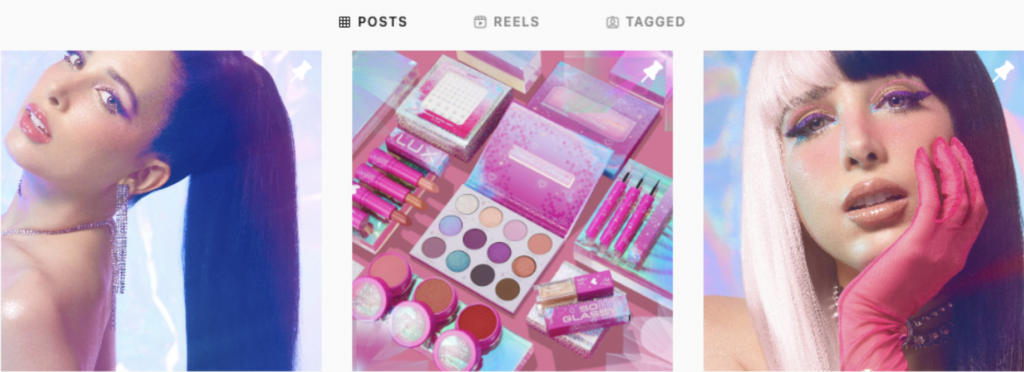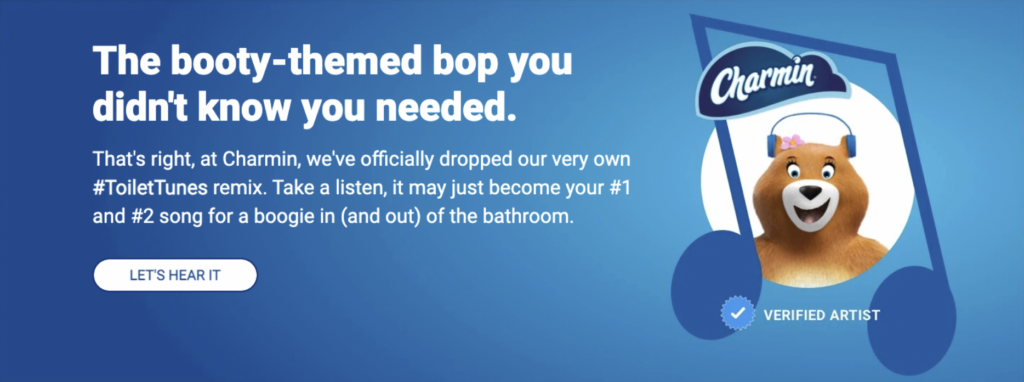Consumer packaged goods (CPG) is a vast market, and getting your brand noticed can be challenging. Digital content marketing is a core component of today’s CPG brands, and understanding how to create engaging content for your audience is more critical than ever.
Regarding content marketing strategy, there are 3 Ps to enable your marketing campaign: Produce, Publish, and Promote. By following these three steps, you can streamline your content strategy.
Let’s focus on the Produce part of the 3P Process. Some of these steps will overlap with publishing and promotion but are still essential to keep in mind while producing engaging CPG content.
These steps have been adapted for the CPG industry but can be used for various marketing needs, including long-form blog content, which is an excellent strategy for SEO.
Brainstorm the Idea
Before you start posting, it’s essential to define the direction of your campaign. Here are some helpful questions to ask during the brainstorming process:
- What is the problem you are trying to solve?
- How will this content help solve that problem?
- Is there a repeatable outcome that is taken from the content?
Answering these questions can help define what content you should be making. For example, the problem may be low consumer engagement, and you want to work to make a compelling CTA that will help connect consumers to your brand. Knowing these goals can propel you to engage with your audience in new ways on your website and digital channels.
Outline the Goals
For all CPG companies, the ultimate goal is sales. However, before you get to the final deal, you can use your CPG marketing to hit other goals that foster a relationship with potential customers.
Focusing on your campaign’s specific goals can help direct your creative process. Here are a few examples of goals set in CPG marketing campaigns:
- Brand Loyalty
- User-Generated Content
- Brand Awareness
- Customer Retention
- Conversion to Sales
Later, we will outline how to look at some of these goals as key performance indicators (or KPIs).
Understand the Data
Before you decide what kind of content to make, you must study the metrics and data behind consumer behavior. Narrowing in on your target audience’s trends and interests can help save time, resources, and ad spending.
For instance, if your target audience is predominantly on Facebook and Instagram, there is no reason to spend time generating content for competing social media platforms. In the digital marketplace, data-driven marketing is your best friend.
Create a Brief
Creating a brief is the thorn in many CPG marketers’ metaphorical side, but briefs are extremely useful in streamlining marketing strategies. Briefs don’t have to be overly complicated, either. Here are some basic questions to put into a content brief to get you started:
- When is the final delivery date?
- What is the goal of the campaign?
- Where will the campaign be published? (i.e., social media, website, email)
- Who is the target audience?
- Is there anything to include specifically? Anything to avoid? (language, visuals, etc.)
With these questions in mind, you can focus on the content, worry less about what the content should be, and work toward execution.
Write and Design the Content
Once you know “what” and “why,” it’s time to write and design your campaign. During the creative process, it’s essential to keep your messaging clear and your visuals compelling. So first, let’s look at best practices while creating the content.
Compelling Visuals
Digital first impressions happen within seconds, making it more critical than ever to engage your audience quickly. Compelling visuals can intrigue and delight a customer while showcasing your product line.
Take this collaboration campaign between the cosmetic line ColourPop and YouTube influencer Mariale. The banner on ColourPop’s website is accompanied by a series of stunning photographs pinned to the influencer’s social media profile that display their new products.


Scannable and Simple Copy
In both long and short-form content, it’s essential to keep your copy scannable. Social networks prioritize images with less text, so additional information must be provided in a caption. These captions, like long-form blog posts, still need to be kept scannable so people can quickly understand their next steps.
Powerful Call-to-Action
An excellent way to boost consumer engagement is to create a powerful call to action. A call to action can be anything from taking a quiz, signing up for a newsletter, or creating user-generated content. For example, take this campaign by Charmin that uses humor to garner attention from consumers listening to and creating user-generated content with their song.

Create with Other Mediums in Mind
Utilizing your content across multiple platforms is a great way to streamline your CPG marketing strategy. Websites and social networks all have different requirements for posting. Creating the other versions can save work for your creative team.
If you work with short-form videos or blogs, you can also utilize that content to create long-form videos on YouTube. So, fostering a presence across multiple platforms can increase brand awareness.
Review the Work
You must check all your work before posting. Identify places where the copy might be too awkward or wordy, and check that the text aligns with your brand voice. Additionally, ensure all text is run through programs like Grammarly for final editing.
Boost Your Content
Paid media and ad spending is now part of every CPG marketer’s budget. Social media companies have restructured their platforms so that if you don’t pay to be seen, you won’t be. The good news is that the cost is often nominal, allowing you to target your content specifically to your relevant audience. Ensure you continue collecting and analyzing your target audience data for maximum efficiency.
Understand your KPIs
As mentioned before, data-driven marketing fuels success. Understanding your performance metrics is essential for any CPG business. These are a few KPIs that can help you optimize future campaigns using the 3P Process, whether for long-form or short-form content:
- Brand Authority
- On-Site Engagement
- Social Shares
- SEO Results
- Inbound Links
- Sales and Conversions
In the vast marketplace of CPG products, it can take a lot of work to stand out as a brand. However, with the right CPG marketing strategy, companies can foster brand awareness, increase online sales, and convert potential customers into repeat purchases.
Chuck Isaac Aikens – Fractional CMO
Chuck Isaac Aikens is the previous owner of Volume Nine, a digital marketing agency located in Denver, CO. After 15 years of agency life, he has established his consulting practice as Fractional CMO and Content Director. Chuck is also working in a Content Director role for Sharehouse. Let us know if you would like to contribute thought leadership via the blog to our community.
